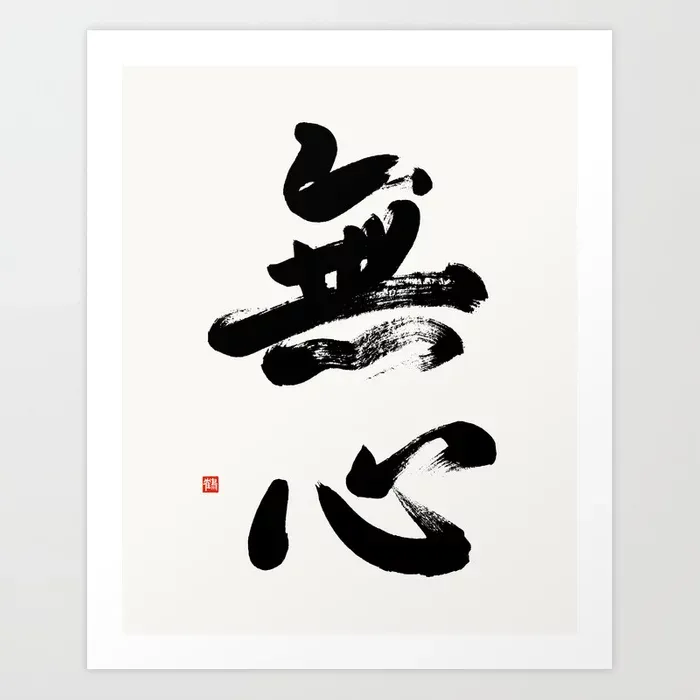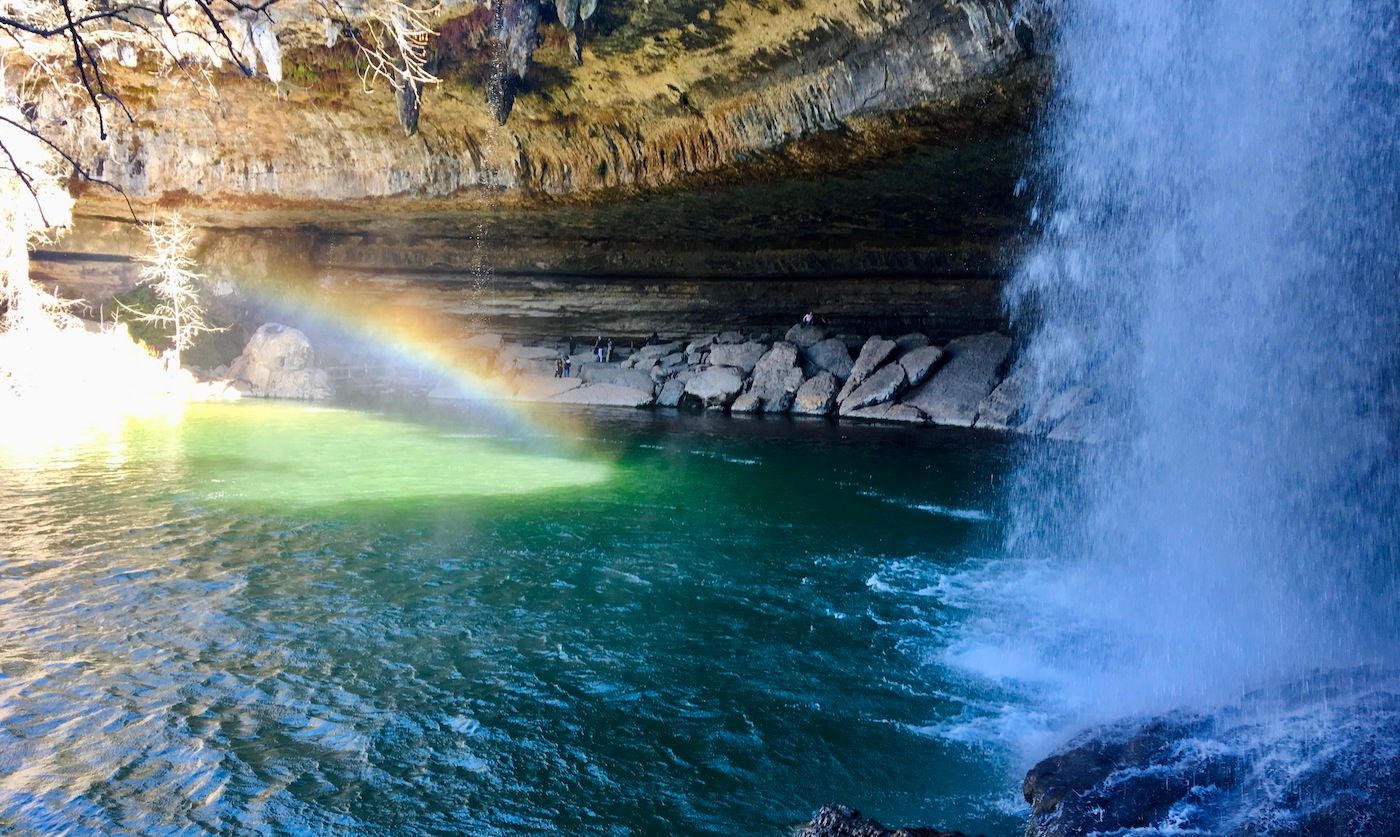There are three major tools we have in meditation in karatedo. Shikantaza is one of those tools.
Shikantaza [pronounced “she-khan-tah-zah”] means “just sitting” — and describes both a type of meditation, and the philosophical concept that the universe is exactly as it is: a crazy place filled with joy and sorrow, understanding and mystery, and all that is in-between.
The kanji themselves tell the story: shikan (只管) “just this” — ta (打) “exactly, or on-target” — za (坐) “sitting.” So Shikantaza is to “do nothing but sit” in literal terms.
Meditation
When applied to meditation, shikantaza differs from zazen (regular sitting, or “sitting meditation”) in that there is no goal in shikantaza meditation. (Note this is different from mushin meditation — where the goal is to achieve calm, an unaltered state of mind, and balance.)
This type of meditation is simply the non-contemplation of the universe: it strives to achieve a complete acceptance that everything which is, exists; and there is nothing more to be said about the matter. To successfully achieve shikantaza is to let go of all judgement and all states of emotion. Anger is let go, sadness released, and our mind and spirit emptied. In so doing, we achieve a kind of spiritual cleansing, a “reboot” of our kokoro.
Consider shikantaza as the third part of the tripod which is the entire practice of meditation in karatedo.
In meditating, we have three major tools, and understanding these tools is important.
Zazen: Sitting Meditation
Zazen, which is to meditate with specific purpose, is literally to “sit and meditate.” With zazen, we strive to focus on a specific task at hand. Perhaps we consider some specific aspect of karatedo, or perhaps we focus on contemplating the different aspects of a particular decision we must make, or a particular problem we must solve.
Zazen is purpose-driven: we meditate with purpose, and we meditate with a goal in mind that we strive to achieve. Zazen meditation is the most common tool we have in karatedo, and unlike some other meditation practices, zazen is very goal-oriented as opposed to contemplative. While it may certainly vary from karateka to karateka, zazen meditation is generally the most common part of a karatedo meditation practice.
It's worth noting that kinhin, or "walking meditation" is really just the upright and mobile version of zazen. It is also goal-oriented, even if the goal is simply to "feel the floor" and experience the movement of walking meditatively.
Mushin: The Empty Mind
Mushin meditation — the second leg of the tripod — is to work to achieve the empty mind: the mind free of everything, including contemplation. For balance and readiness, mushin meditation is unequaled. While difficult, successfully achieving a state of mushin means that we are able to put aside all of our daily thoughts, and we are able to simply “be” — we are able to have an empty mind, fully ready to respond to whatever comes next.

Mushin meditation has great application in a wide range of very non-meditative settings, including sparring (kumite) and self-defense. But it’s principal application as part of a meditation practice is to achieve and maintain balance.
Shikantaza: Simply Sitting
Shikantaza as the third leg of the meditation tripod, differs greatly from the other two legs. There is no goal, no “purpose” in shikantaza. And unlike mushin meditation, we aren’t trying to empty our mind at all: in fact, we are attempting to do quite the opposite.
In shikantanza, we strive to stand under the waterfall of reality, and be inundated with everything. We try to drink from the firehose of the universe, and we accept everything — quite literally, in fact.
We accept the delight and joy of the world, and we accept the painful and the sadness of the world. And we simply let it all wash over us, absorbing none of it, yet acknowledging all of it.

Standing Under the Waterfall of Reality
There is a greater concept inherent in shikantaza, however. The core idea is that we can “just accept” the universe as-is, without explanation. We can accept that there is happiness and unhappiness, joy and suffering, good will and ill will, even good and evil. We can accept it, and simply become unaffected by it.
Note that to be unaffected by the universe does not erase the effects of the universe on us. We can be seriously ill, and then pursue shikantaza so that we are not spiritually affected by our illness: but this does not cure us of our ailment. Rather, it creates acceptance of its existence and removes the pain and worry associated with it.
Shikantaza is not about “enlightenment” — one does not become “one with the universe,”and one does not transcend any state of being: one does not achieve any place higher than we already are.
However, shikantaza does give us a calm, balanced, and peaceful acceptance of the universe exactly as it is. And once achieved, shikantaza aids us by allowing us to calmly then navigate a universe that is, by its nature, rooted in chaos and change.
The universe is truly a crazy place, and attempting to position the universe as a place that is overly orderly or planned is neither accurate nor a useful perspective. It puts us in the position of having to try to “stuff a square peg into a round hole” — such an effort is bound to fail.
The universe is a reality filled with the chaotic interactions of billions of individuals with a range of different needs and who perform actions on the trillions of different physical objects that inhabit our reality. There is great truth and great purpose to the universe: but the sheer number of moving parts that exist makes it impossible for us to predict and explain many parts of “why things happen.” Trying to do so is an exercise in frustration, at one level, and at a deeper level, trying to do so fails to honor the universe as what it is — chaos, barely contained.
Rather than attempting such a fruitless exercise, we can “just sit” and accept the universe as-is. And in doing so, we can stand under the waterfall of the universe and become wet with the experience and reality of existence without being drowned by it.
Editor's Note: This lecture was first delivered by Sensei in San Rafael, California on 6 August 2014, and then again at the Goju Karate NYC Dojo on 31 August 2022.



![Taikibansei — Great Talent, Evening Forming 大器晩成 [Edition 2025]](https://images.unsplash.com/photo-1534447677768-be436bb09401?crop=entropy&cs=tinysrgb&fit=max&fm=jpg&ixid=M3wxMTc3M3wwfDF8c2VhcmNofDIzfHxzaG9vdGluZyUyMHN0YXJ8ZW58MHx8fHwxNzQ0MTU3MTQzfDA&ixlib=rb-4.0.3&q=80&w=720)
![Gaden Insui — Pull Water to My Own Rice Paddy 我田引水 [Edition 2025]](https://images.unsplash.com/photo-1512117789060-5de1ecef9eb7?crop=entropy&cs=tinysrgb&fit=max&fm=jpg&ixid=M3wxMTc3M3wwfDF8c2VhcmNofDF8fHN0YW5kJTIwdXB8ZW58MHx8fHwxNzQzMzYwMTAzfDA&ixlib=rb-4.0.3&q=80&w=720)
